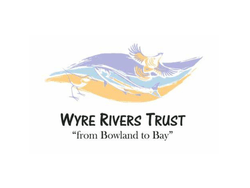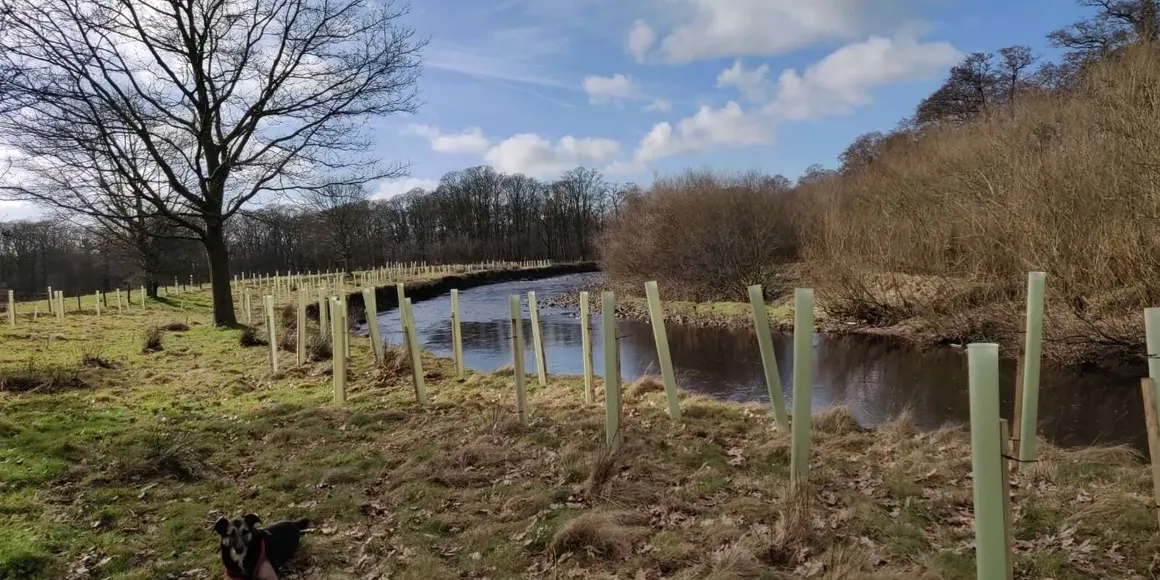
Wyre Natural Flood Management Project
How green investment was used to acclerate private investment to fund a large scale natural flood management solution in Wyre catchment in Lancashire.
The Wyre Natural Flood Management (NFM) project has successfully secured funding, through the sale of ecosystem services, to deliver 70ha and more than 1,000 targeted measures. The measures will store, slow and intercept water, reducing peak flow to flood effected communities in the upper Wyre Catchment. The Wyre Catchment Community Interest Company (C.I.C.) has been established and has successfully secured £1.5mil of capital to pay for a catchment scale NFM Intervention. This is made up of £650k grant from the Woodland Trust and £850k from a nine-year private loan facility. The loan facility will be repaid from buyers of ecosystem services who seek to benefit form the intervention. Farmers and landowners will then be paid to host and maintain the intervention on the ground.
For a more detailed version of this case study, download this version made available by the Green Finance Institute to highlight examples of how private finance is being successfully channeled into nature.
Location
England, UK
Size
£2m in revenue payments
Revenue Model
Sale of ecosystem services to private and
public beneficiaries
Impact
Reduced Flood Risk, Carbon Sequestration, Increased Biodiversity, Improved Water Quality
Overview
The Wyre NFM Project was initiated in 2019 by a group of partners including United Utilities, Rivers Trust, Flood Re and Co-op Insurance and Environment Agency to consider whether or not it is possible to create a commercial business case for natural flood management intervention within an upland river catchment. Following discussions with original project partners and The Rivers Trust, it was agreed the project should evolve to become a nature-based investment pilot led by The Rivers Trust, Wyre Rivers Trust and Triodos Banks. Following a successful competitive tender process in 2020 the Wyre NFM Project became one of four pilot “nature-based investment” projects across England which received development grant funding from Esmée Fairbairn Foundation in partnership with Defra and Environment Agency. The aim of these pilot projects was to test whether and how private investment capital can be blended with public sector funding to finance natural landscape restoration through development of monetisable ecosystem services such as natural flood management, carbon sequestration and biodiversity gain.
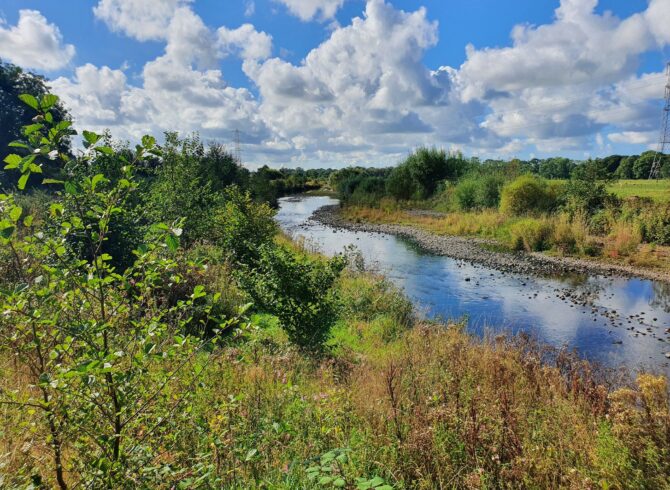
“We know that hard-engineered solutions alone will not address our future flood risk challenges and must be supplemented by natural solutions, but a lack of mechanisms to finance these solutions at scale remains a significant barrier to uptake.”
What is being delivered?
The project will deliver a range of highly targeted NFM interventions which have been modelled to have the biggest impact downstream.
The intervention being delivered also deliver other benefits, such as carbon sequestration from woodland planting which is supported by the Woodland Trust, water quality improvements from reduced wetland creation, and biodiversity improvements from hedgerow planting and grassland conversion. Collectively, project aims to reduce peak flow by 5-15% in a 1 in 50 year flood event, significantly reducing flood risk to Churchtown and downstream communities.
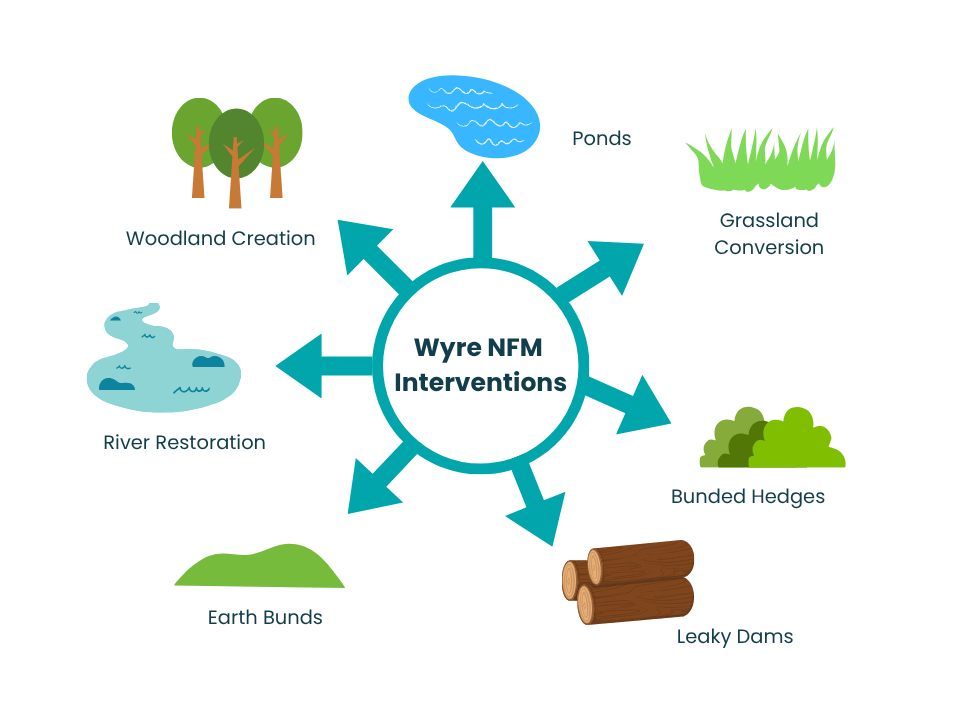
Who are the buyers of ecosystem services?
There are five buyers of ecosystem services which have been identified as; Flood Re, United Utilities, the Environment Agency, Wyre Council and Northwest Regional Flood and Coastal Committee. In addition, Sainsbury’s also partnered with the project through Replenish, claiming the volumetric water benefits linked to their local store. These revenue streams enable the payment or financial mechanism by which required upfront capital can then be secured from investors to pay for NFM measures. NFM is the primary ecosystem service being delivered which aligns with the individual needs of each buyer. Each of the five buyers of NFM services have established their own internal rationale for supporting this project and justifying the contract value amount based on a combination of commercial, strategic and social value objectives
“As a water company, we must protect our customers’ funding and can only invest in benefits that are core to our responsibility. As such, securing other beneficiaries to pay for some of the broader benefits delivered is key to making these projects deliverable,”
Key learnings from the project
The Wyre NFM Project team is now applying the learnings from this model to develop projects in other locations. The team notes however that each catchment is unique and will have its own requirements in implementing and financing natural flood management interventions.
One example of other projects benefiting from the Wyre NFM learnings is the Ribble Rivers Trust, which is developing an investment plan for ecosystem services in the River Ribble catchment. Actions including soil nutrient management, building leaky dams, woodland creation and hedgerow restoration will all be costed. Benefits such as natural flood management and water quality improvements will also be quantified.
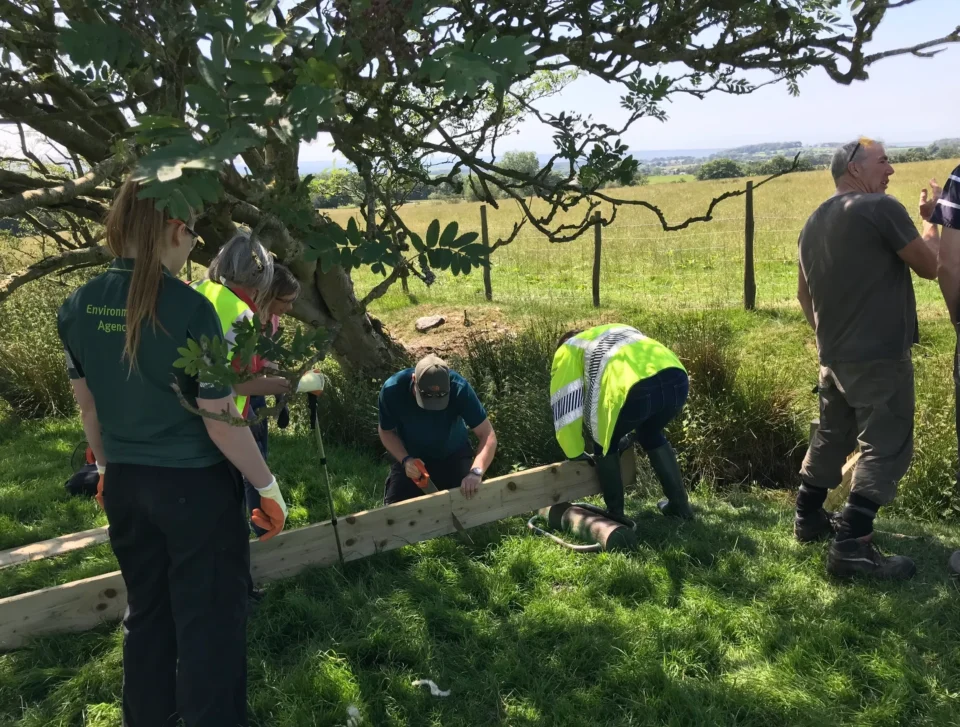
Project Partners
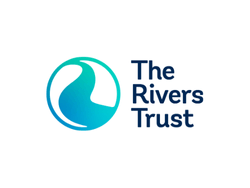
The Rivers Trust

Triodos
